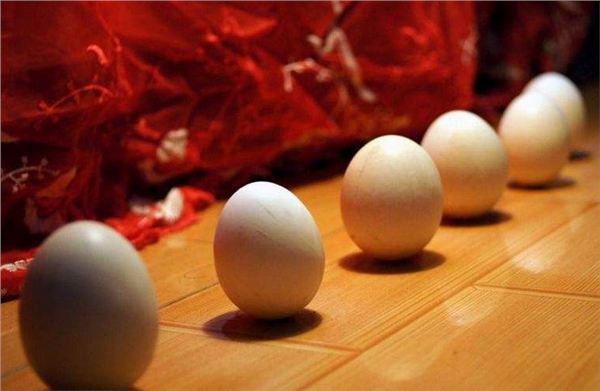Editor's note: The 24 Solar terms are an ancient Chinese calendar used to guide farming. They are the crystallization of the accumulated experience and wisdom of the working people of the Chinese nation. Since ancient China was an agricultural society, people required a strict understanding of the sun’s movement, and farming was conducted entirely according to the sun as well. Therefore, the “24 solar terms”, which reflects the sun’s movement cycle, were added to the calendar as the standard for determining leap months. The 24 solar terms are: Start of Spring, Rain, Awakening of Insects, Spring Equinox, Qingming festival, Grain Rain, Start of Summer, Grain buds, Grain in Ear, Summer Solstice, Minor Heat, Major Heat, Start of Autumn, End of Heat, White Dew, Autumn Equinox, Cold Dew, Frost’s Descent, Start of Winter, Minor Snow, Major Snow, Winter Solstice, Minor Cold and Major Cold. On November 30, 2016, China’s “24 Solar terms” were officially inscribed on UNESCO’s Representative List of intangible Cultural Heritages of Humanity. We have introduced this 24 Solar terms column to bring you a taste of the beauty of traditional Chinese culture.
Spring Equinox, one of the 24 solar terms and the fourth solar term in spring, falls on March 19-22 of the Gregorian calendar. Despite sounding like a fancy name, an “equinox” means half. On this day, the sun shines directly at the earth’s equator, the day and night are equal in length, and there is no polar day or polar night all over the world. After the Spring Equinox, the point of direct sunlight continues to move on, with days getting longer and nights getting shorter in the northern hemisphere, while nights getting longer and days getting shorter in the southern hemisphere. In addition, the Spring Equinox is also the bisection of spring. It is right in the middle of the three months of spring, which is why in ancient times, the Spring Equinox was also called “the middle of the sun”, “the day and night equinox”, and “the midspring moon.”

During Spring Equinox, most areas in China are in spring except for the Qinghai-Tibet Plateau and the northern part of China. The average daily temperature in all parts of China will have steadily risen to above 0℃, in addition to the cold mountainous areas and areas north of 45° N latitude. Daily average temperature almost reaches more than 10℃ especially in North China and Huanghuai Plain, at the same time as the rainy areas along the Yangtze River and Jiangnan.
As the saying goes: “In Spring Equinox the wheat grows, and the fertilizer should keep up.” The rain in spring brings warm days, after which people in rural areas will be busy with ploughing. Spring is a busy season, since the overwintering crops enter the growing stage after the Spring Equinox, for which farmers have to strengthen field management. As the temperature rises quickly and the water demand is increasing, farmers should strengthen water storage and conservation. However, in spring, when the weather warms up, cold air often invades, especially in the area of Jiangnan and along the Yangtze River. The cold air from the north meets the warm and wet air from the south, resulting in continuous rain in spring, which significantly reduces the temperature and thus forms the common saying “reverse cold in spring
There are many customs in Spring Equinox. The most famous one is egg standing. Every year on the day of the Spring Equinox, tens of millions of people around the world participate in the “vertical egg” experiment. A smooth, well-proportioned egg, four or five days old, will be chosen and gently set upright on the table. It is said that the earth’s gravity will change as the sun shines directly at the earth’s equator in Spring Equinox. The gravity of a raw egg changes with the earth’s gravity, so it’s easier for the egg to stand up at this point.

Egg standing
During the Spring Equinox, Yin and Yang each account for half of nature, so our daily diet should follow the principle of Yin and Yang balance to maintain the balance, coordination and stability of body functions. In addition, the climate of this season is very suitable for the propagation and spread of various germs, so we should pay attention to open doors and windows constantly to ventilate the house, and plant some flowers in the garden to improve the air quality and negative ion concentration.
The Spring Equinox is not only a colorful, interesting solar term, but also a symbol of recovery, full of joy and hope.

